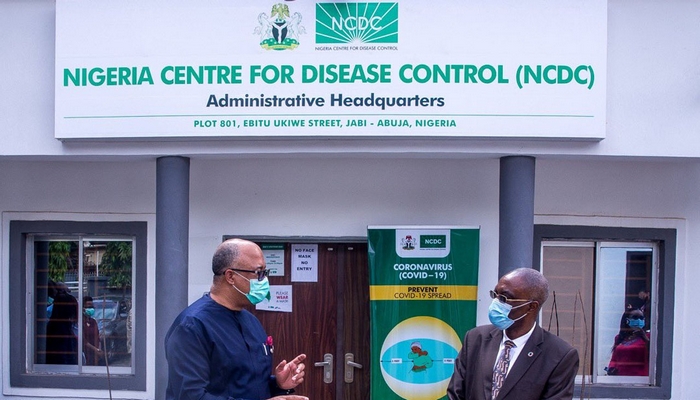The Nigeria Centre for Disease Control and Prevention (NCDCP) has confirmed surging of lassa fever again across Nigeria with higher death rate and more infections despite ongoing public health interventions.
In its latest Situation Report for Epidemiological Week 22 (May 26 to June 1), on Friday, the NCDC said eight new confirmed cases were recorded in Ondo, Bauchi, Edo, and Nasarawa states, representing a slight rise from six cases reported in the previous week.
It said that so far in 2025, Nigeria has reported 747 confirmed cases and 142 deaths, marking a case fatality rate of 19.0 per cent a concerning increase from 18.1 per cent recorded during the same period in 2024.
The disease has now spread across 18 states and 96 local government areas, with five states Ondo, Bauchi, Edo, Taraba, and Ebonyi, accounting for a staggering 91% of all confirmed infections.
Although the agency said there were no new infections among healthcare workers in the reporting week and no probable cases, challenges persist.
Health authorities said that the response efforts have been intensified.
The NCDC said it has deployed rapid response teams, launched community sensitisation campaigns, and activated an e-learning platform to train health workers on infection prevention and control.
Speaking on the resurgence, a public health expert, Dr Solomon Chollom, noted that the rise in cases signals a need for more grassroots surveillance and environmental hygiene education.
“We can’t fight Lassa with hospital efforts alone. The communities must be empowered to understand how this disease spreads, mainly through contact with rodent urine or faeces and what they can do to prevent it,” Chollom said.
He said that Lassa fever, a viral haemorrhagic illness, is endemic in Nigeria and typically spikes during the dry season.
“However, the year-round transmission pattern seen in recent years suggests a shift in the disease’s behaviour, likely linked to urbanisation, climate factors, and persistent gaps in sanitation,” he said.
The agency also noted that young adults between 21 and 30 years remain the most affected age group, indicating the need for targeted public education in schools, marketplaces, and workplaces.
In response, experts were urging state governments and local councils to invest in waste disposal systems, community health surveillance, and early case reporting mechanisms.
Meanwhile, experts continue to raise concerns over late presentation of cases, poor sanitation in endemic communities, and limited health-seeking behaviour, all of which hamper effective containment.
